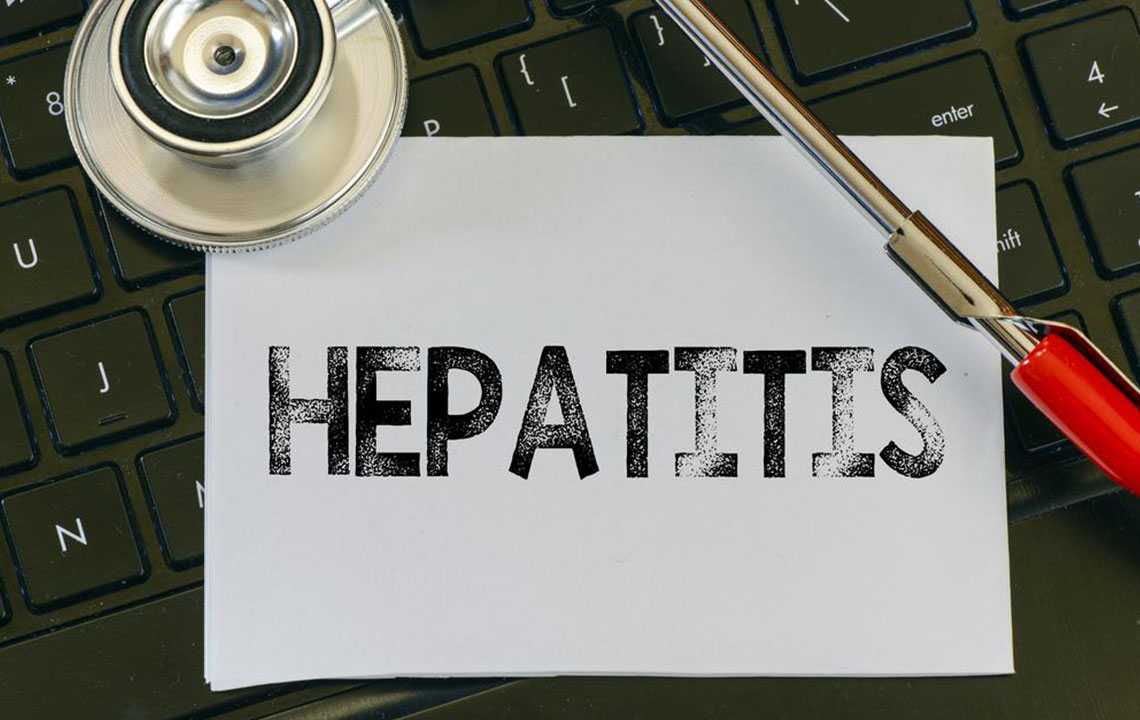Understanding Hepatitis C: A Hidden Threat to Liver Health
Hepatitis C is a silent, often unnoticed virus that can cause severe liver damage over time. Responsible for a significant number of liver cancer cases and deaths, early detection is essential. Transmitted mainly through blood, it can remain asymptomatic for years. Advances in treatment now provide accessible options for managing the infection. Regular screening and awareness are key to preventing severe health consequences and achieving better health outcomes.

Understanding Hepatitis C: A Hidden Threat to Liver Health
According to the World Health Organization, Hepatitis C is responsible for 80% of liver cancer-related deaths, claiming nearly one million lives globally. In the United States alone, approximately 3 million individuals are infected with the virus. Often asymptomatic, Hepatitis C remains undetected until it progresses to advanced stages, making early diagnosis crucial. The virus transmits via blood-to-blood contact, commonly through shared needles or unscreened blood transfusions. While rare, sexual contact and mother-to-child transmission can occur. Symptoms like fatigue, jaundice, and nausea often mimic other illnesses, delaying detection. Chronic infection can persist for decades, damaging the liver and immune system, but recent advances have improved treatment options, offering hope for effective management and eradication. Early screening and awareness are vital to prevent severe complications.
Hepatitis C
Virus transmission
Chronic infection
Early diagnosis









